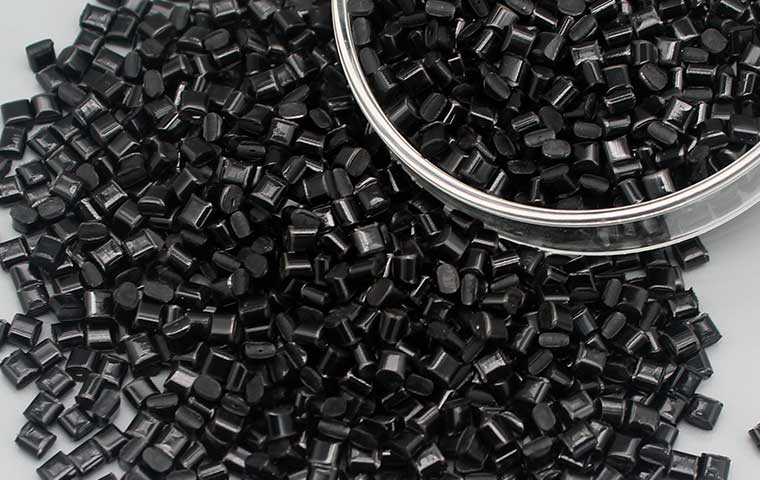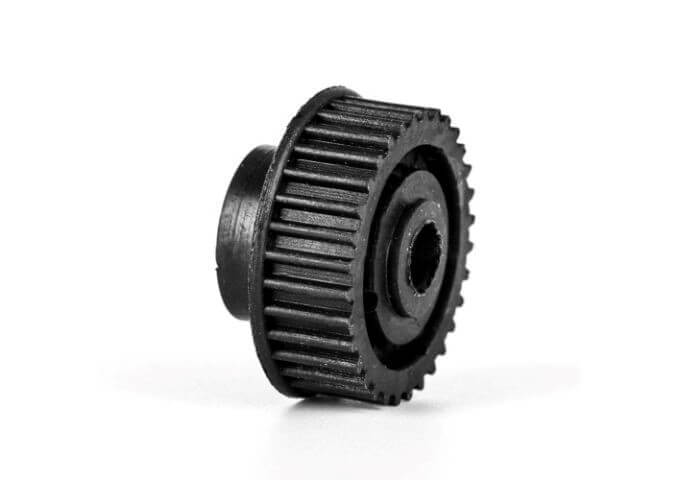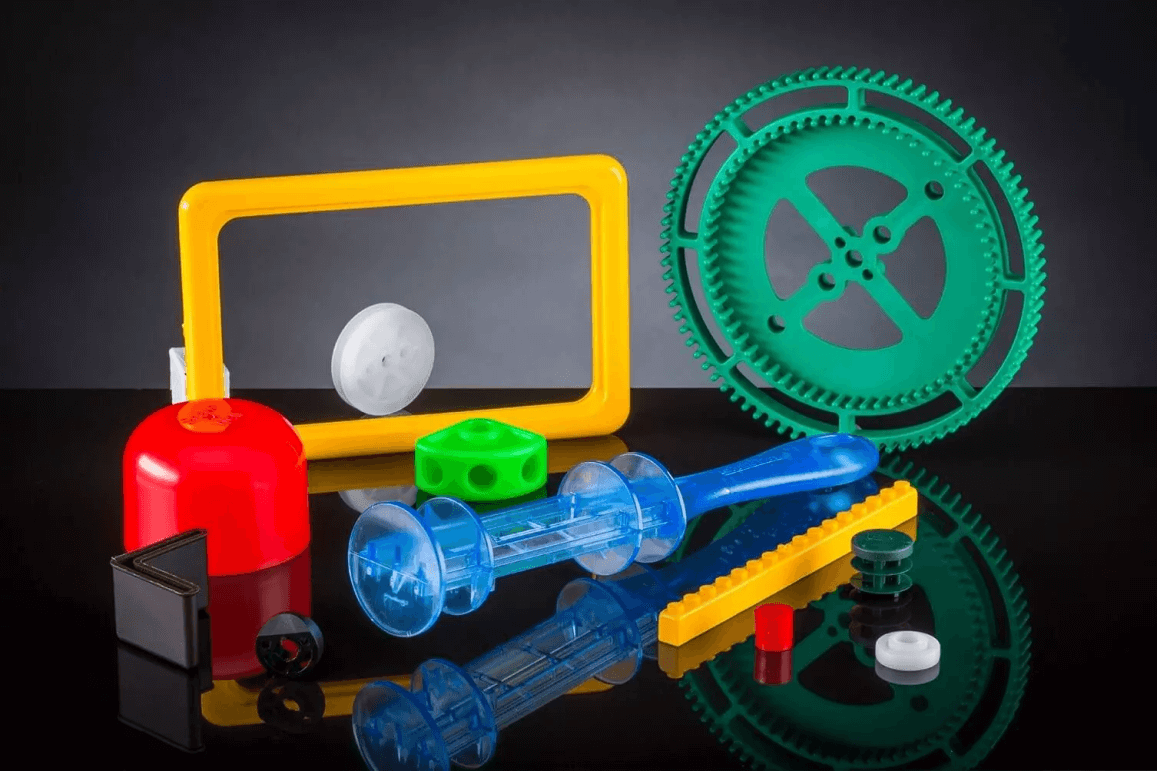15 Most Popular Injection Molding Materials
1.Introduction to Injection Molding Materials
In modern manufacturing, injection molding is popular due to its high efficiency and wide applicability. The choice of injection molding materials plays a vital role in the quality and performance of injection molded products.
This article will introduce you to the 15 most popular injection molding materials in detail to help you better understand their characteristics and application areas.
2.Types of injection molding materials
1.Acrylonitrile Butadiene Styrene (ABS)
ABS is a thermoplastic injection molding material that is popular for its excellent toughness, elasticity, and impact resistance. It can be used to manufacture a variety of products such as shock absorbers, housings, plastic canoes, musical instruments, medical devices, and toys. In addition, ABS is also widely used in the field of 3D printing because of its moldable or extrudable properties.
2.Polycarbonate (PC)
PC is a strong, durable, engineering-grade thermoplastic injection molding material. It not only has excellent properties, but is also easy to process and mold. Manufacturers often use PC pellets to make molded parts for computing, aerospace, and medical applications. Many smartphone cases and covers are also made of PC. PC can also be blended with glass (PC-GF) to improve impact resistance and reduce moisture absorption.
3.ABS Polycarbonate (PC-ABS)
Combining ABS with PC creates an injection molding material that combines the desirable mechanical properties of PC with the moldability of ABS. PC-ABS molded parts are widely used in automotive parts such as glove boxes, TV frames, keyboards, and structural parts.

4.Polypropylene (PP)
PP is a tough thermoplastic polymer with strong chemical resistance. It is the second most popular material for injection molding after polyethylene. Injection molding can be used to manufacture PP products such as plastic furniture, pipes, fittings, living hinges and food-safe containers.
5.Polystyrene (PS)
PS is a hydrocarbon polymer that is hard, brittle, and inexpensive. Common applications for injection molding include disposable cutlery, CD cases, test tubes, and microplates. PS can also be combined with polyphenylene ether (PS-PPE) to provide excellent heat resistance and dimensional stability.
6.Polyoxymethylene (POM)
POM is a high-performance engineering thermoplastic injection molding material with high stiffness and excellent dimensional stability. Common POM injection molded parts include handles, fasteners, gears and automotive parts.
7.Nylon 66 (PA66)
Nylon 66 is one of the most widely used injection molding materials in the nylon/polyamide family. It has high rigidity, mechanical strength, and heat and chemical resistance. Molded nylon 66 can be used in pipes, conveyor belts, automotive parts, cable ties, etc. Polyamide can also be blended with glass (PA-GF) to increase thermal stability.
8.Polymethyl methacrylate (acrylic acid) (PMMA)
PMMA, or acrylic, is a clear thermoplastic injection molding material that is sometimes used as a substitute for glass. Although acrylic is brittle, it is shatter-resistant. Molded PMMA is used in lenses, windows, electronic housings, jewelry, and more, and is one of the ideal choices for clear molded parts.

9.High-density polyethylene (HDPE)
HDPE is an ethylene-derived thermoplastic polymer with a very high strength-to-density ratio. This injection-molded material is recyclable and is commonly used to make plastic bottles and pipes for drinking or wastewater treatment.
10.Low-density polyethylene (LDPE)
LDPE is a less crystalline polyethylene with slightly more branches than HDPE. This gives this injection molding material lower tensile strength but higher elasticity. Molded LDPE is often used for packaging and containers, as well as plastic computer parts.
11.Polyethylene terephthalate (PET)
PET is a thermoplastic polymer and a widely used polyester injection molding material. It is lightweight, strong and impact resistant. Injection molded PET is widely used in returnable plastic bottles, trays, blister packs and other forms of packaging.
12.Polybutylene terephthalate (PBT)
PBT is an engineering thermoplastic injection molding material and a type of polyester. It has high mechanical strength and good impact resistance and is also resistant to solvents. Injection molded PBT parts include electrical housings, connectors, and keyboard keycaps. The material is often treated with a phosphorus-based flame retardant system to make it fire resistant.
13.Polyphenylene sulfide (PPS)
PPS is a high-temperature thermoplastic polymer with excellent heat, abrasion, and chemical resistance. Due to its flame retardant properties, PPS is often used in molded electrical parts such as air conditioning components and kitchen appliances. It is also popular in industrial parts such as pumps, valves, and pipes.
14.Thermoplastic Elastomers (TPE)
TPE, or thermoplastic rubber, is a copolymer with both thermoplastic and elastomeric properties. They have excellent thermal properties and material stability. Injection molded TPEs are often used in automotive parts and medical components such as catheters.
15.Thermoplastic Vulcanizate (TPV)
TPV is a member of the TPE family that has particular advantages in injection molding. It is very durable and has excellent dimensional stability. Molded TPV is often used for waterproof seals and gaskets and is common in many industries.
